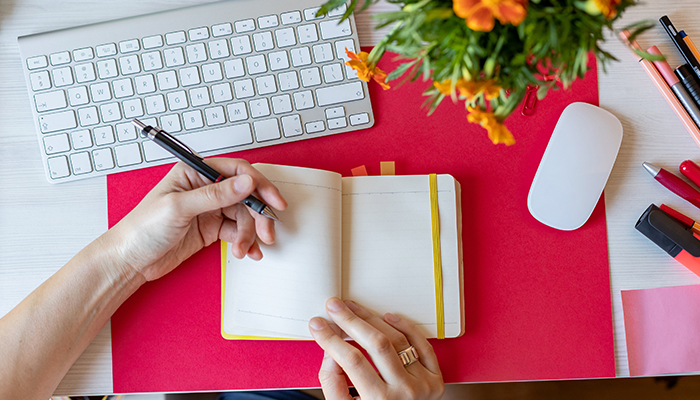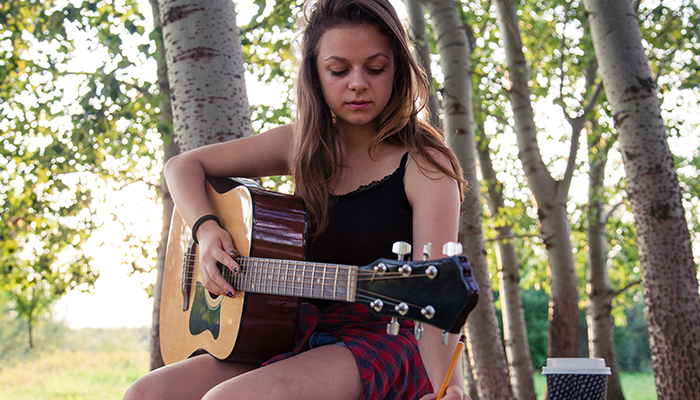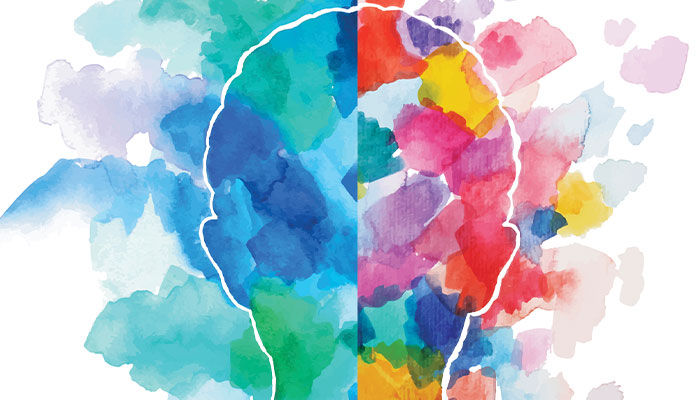About 10 per cent of people are left-handed and have been for a long time across human history. Where once they drew on cave walls mostly with their left hand, today they mostly write with the left hand, brush their teeth with the left hand, and maybe even thread a needle holding the cotton in their left hand.

The other side: left-handers were found in one study to be more fluent, flexible, original and elaborate when drawing and answering questions.
Sinistrality, a creepy term for being left-dominant, runs in families and causes all sorts of practical problems when living in a right-handed world like ours — think of door handles and scissors!
But maybe there’s a silver lining to living with these challenges. Could left-handed people be more creative?
Nearly 40 years ago, a researcher from the University of Virginia in the United States tested whether left-handers, out of necessity of living in a right-handed world, were more creative. This study suggested that they were. Specifically, left-handers were found to be more fluent, flexible, original and elaborate when drawing pictures and answering questions, giving explanations, imagining consequences, and coming up with different uses for objects. For example, what else you can do with everyday items like a shoe, apart from wearing it to protect your foot? Squash bugs, drink from it, hide socks in it? Perhaps some shoes make nice hats!
- Talent show judges favour contestants that perform last: study
- Show me the ethics! Millennials choose ethical employers over high salaries
So, case closed. Left-handers are more creative. Or are they?
Surprisingly little research has been conducted to address this fascinating question but more recent studies suggest that the picture is not so clear. Research from the US actually suggests that mixed-handedness (using both hands equally or using one hand for some activities and the other hand for other activities) gives a creativity boost.
... the good news is that creativity — like most skills and abilities — can be trained.
For example, compared with left- or right-handers, mixed-handers were found to more easily understand the different meanings of ambiguous words. In experiments, they showed equal ease in accessing both strongly and weakly related concepts, responding as fast, for instance, to the ‘bank-money’ association as they did to the ‘bank-river’ association, while non-mixed handers were slower to respond to the more weakly related ‘bank-river’.

Practice makes perfect: Creativity - even for left-handers living in a right-handed world - can be nurtured by trying new things.
This flexibility is thought to be a mark of creativity. You see, mixed-handers have better connections between the two sides of the brain, which is thought to allow them to consider a broader range of alternatives.
However, there is also research suggesting no relationship between creativity and handedness.
Where does this leave us? Unfortunately, we do not have the complete picture just yet. Whether or not you are left handed, the good news is that creativity—like most skills and abilities—can be trained. So, if you’re interested in being creative, get out there and practice! Try writing down new ideas as they come to you; challenge yourself, learn something new, and put yourself in different surroundings.



